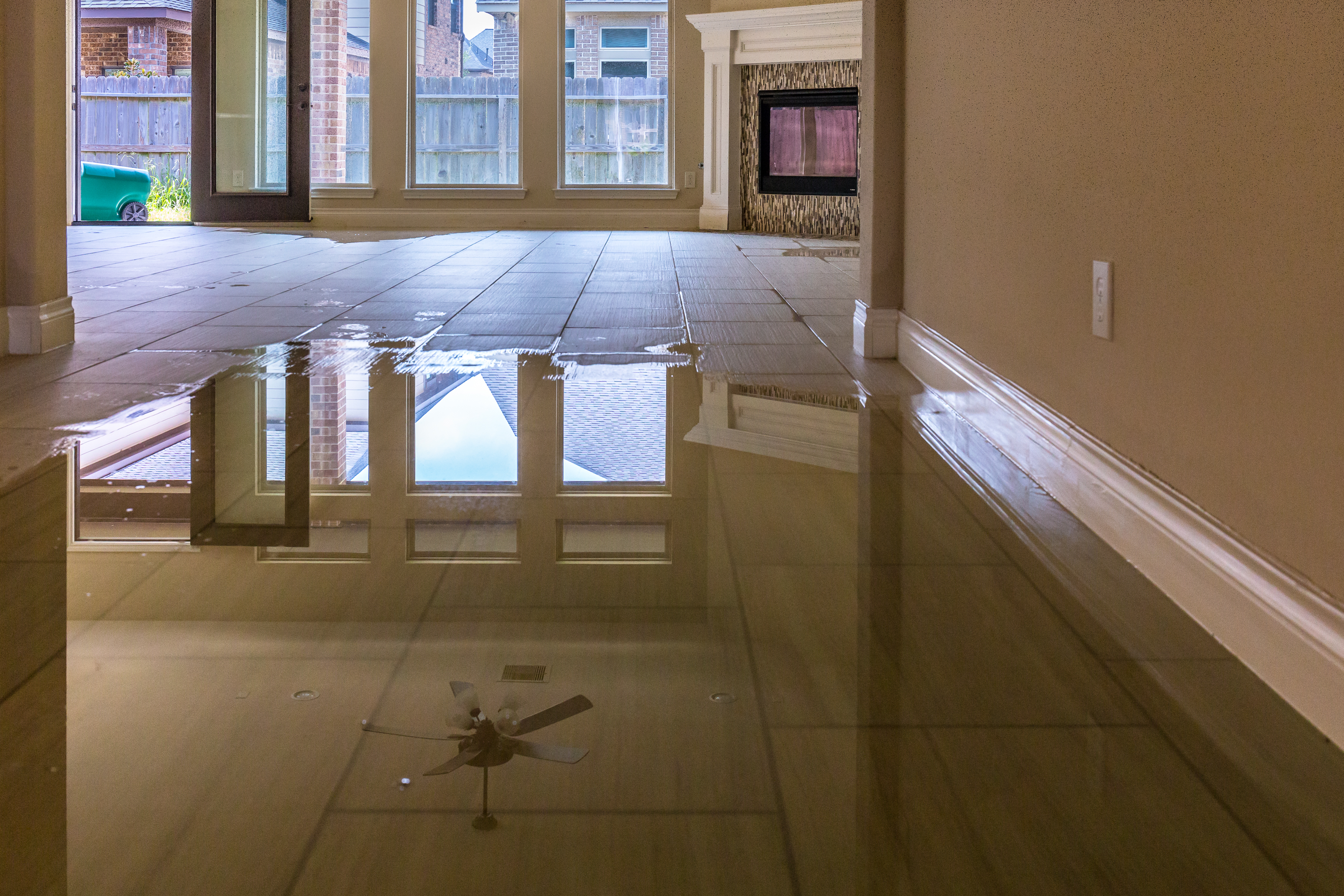Nearly everybody has their personal thinking involving How to Repair and Prevent Bathroom Water Damage.

The bathroom is incredibly susceptible for damp build-up as well as prospective water damages as a result of the constant use water in it. This write-up supplies straightforward evaluation methods to assist discovering water damages dangers.
The regular use of water in the restroom makes it incredibly susceptible for damp build-up and potential water damage. By checking it on a regular basis, you can minimize water associated damages.
The complying with set of inspections is easy to execute and also need to be done once in every three months in order to maintain your shower room healthy as well as to prevent potential water problems brought on by the tub, the shower, pipe joints and plumbing, sinks, cabinets, and also the bathroom
Do not overlook carrying out these inspections and also be complete while doing them. Bear in mind that these simple examinations can conserve you a lot of money by giving very early indicators for water damages
Sinks as well as Cabinets
Sinks and cabinets are revealed to dampness as well as humidity daily and are usually forgotten. Check frequently under the sink and on the countertop over it. Fix any type of drip in the trap as it might recommend drain problems. Check out the sink, sluggish draining pipes may show a blocked drain. Change sink seals if they are cracked or loosened.
Bathtub and also Shower
The shower as well as tub call for unique attention as well as upkeep. Inspect the floor tiles as well as change if split. Make sure that there is no missing grout between the floor tiles. Check and also change split caulking at joints where the walls fulfill the flooring or the tub. Blocked drains and pipelines issues will stop the bathtub from drying and may show major troubles beneath the bathtub. Speak with a specialist promptly to avoid structural damage. Pay attention to stainings or soft areas around the bathtub wall surfaces as they may indicate an interior leak.
Plumbing
Signs for water damages are difficult to detect given that most pipelines are installed inside the wall surfaces.
Pay special interest to floor covering as well as wall surfaces moisture as well as discolorations as they may show an undetectable plumbing problem. Inspect dampness levels in adjacent areas as well.
The Bathroom
The toilet is a vulnerable water joint. Check the water lines as well as look for leaks around the bathroom seat, in the tube, and under the water storage tank. If you identify any kind of signs of wetness on the flooring around the commode, check for leaks in the toilet edge and storage tank seals.
Be aware that hanging bathroom dish antiperspirants enhances the possibilities for obstructions.
TIPS TO PREVENT WATER DAMAGE IN THE BATHROOM
The average household uses approximately 80-100 gallons of water per person per day. For a family of 4, that's almost 2,500 gallons of water a week! The largest portion of this consumption comes from bathroom use. Flushing the toilet uses the most water, followed by taking a shower or bath. With that much water running through the home, water damage in the bathroom is bound to happen. Knowing how to spot signs of a water leak is essential to preventing long-term damage. This guide provides you with tips to reduce the impact of water damage on your bathroom.
CAUSES OF BATHROOM WATER DAMAGE
Pipe breaks are the most common cause of water damage we see in our daily jobs. The age of a pipe plays a large role in a pipe break as well as corrosion. Over time, the metal begins to break down, allowing water to escape. Frozen pipe breaks are also a concern in the winter months. Toilet overflows caused by paper products or children flushing inappropriate items. Degraded caulking around the toilet or bathtub can allow water seepage, sometimes behind the fixture, into the subfloor or walls. Condensation forms when the water in a pipe is cooler than the air temperature. Beads of water form on the exterior of the pipes, sometimes so much so that the water begins to drip and pool below. Sink or shower backups created by poor drainage. HOW TO PREVENT WATER DAMAGE IN YOUR BATHROOM
Inspect your toilet supply line for worn or frayed hoses and replace them as needed. Winterize your plumbing to prevent a frozen pipe break. Use vent fans to prevent condensation that can lead to mold growth. Routinely check and replace degraded caulking around your toilet or bathtub. Increase the temperature in your toilet tank and insulate your pipes during the warm summer months to keep condensation from forming. Use child safety locks on the toilets. Flush only toilet paper. "Flushable" wet wipes are actually not good for your plumbing system. Additionally, feminine hygiene products should not be flushed. Prevent water from escaping the tub or shower. Make sure shower curtains are in good condition. Inspect shower doors and replace the seal strip if necessary. Wipe up any water that accumulates on the floor and use bath mats. Water left to sit can cause damage to the tiles and flooring. Refrain from using bath products containing heavy oils to avoid a clogged drain.

Do you really like reading up on How to Fix a Water Damage Bathroom? Try to leave feedback down the page. We will be pleased to hear your opinion about this piece. We are looking forward to see you back again in the future. Sharing is caring. You won't know, you could be doing someone a favor. I value reading our article about How to Repair and Prevent Bathroom Water Damage.
Schedule Now!